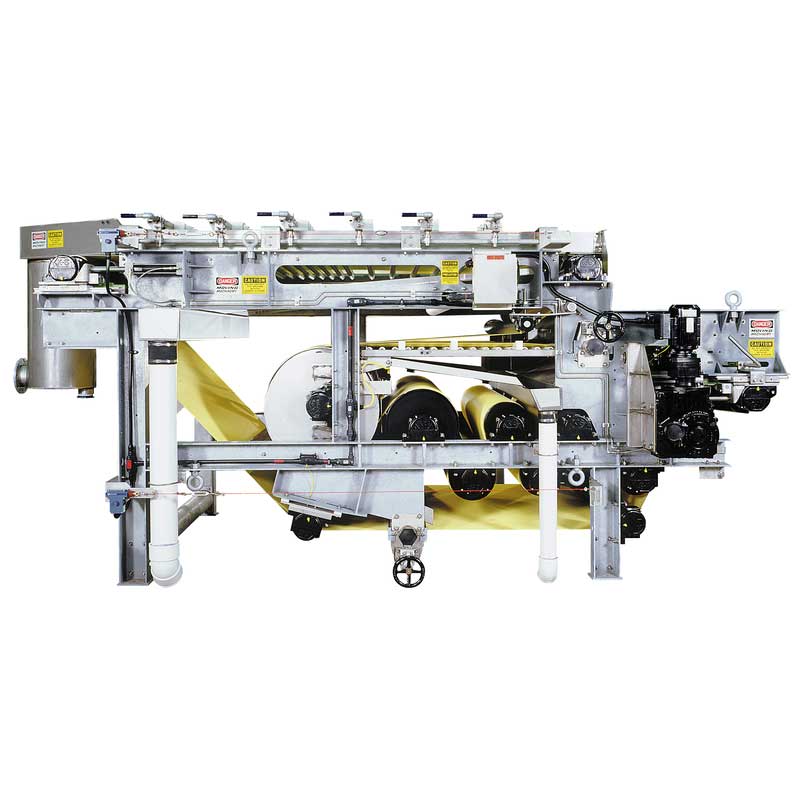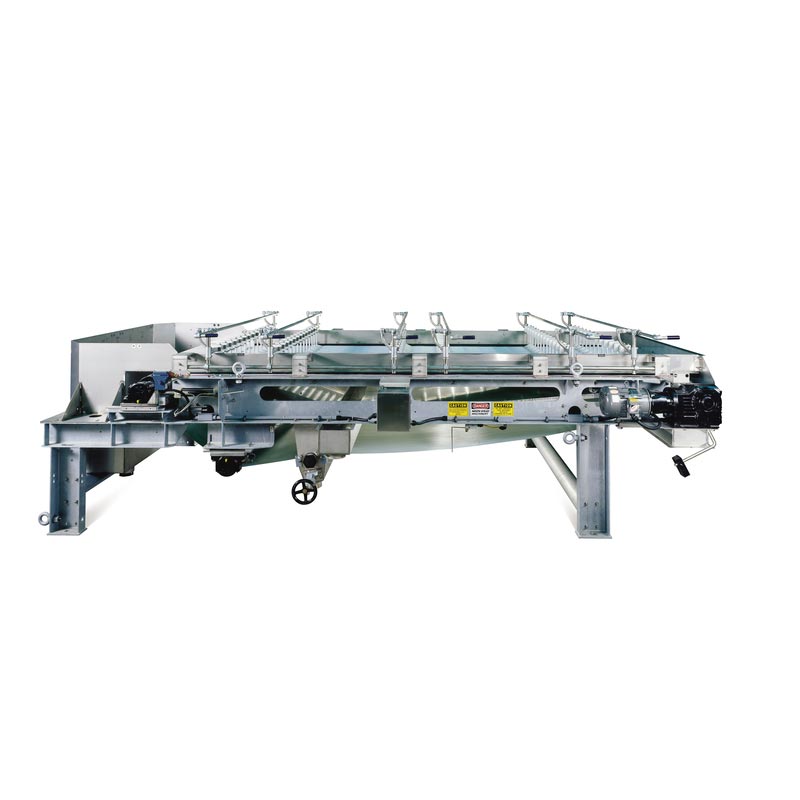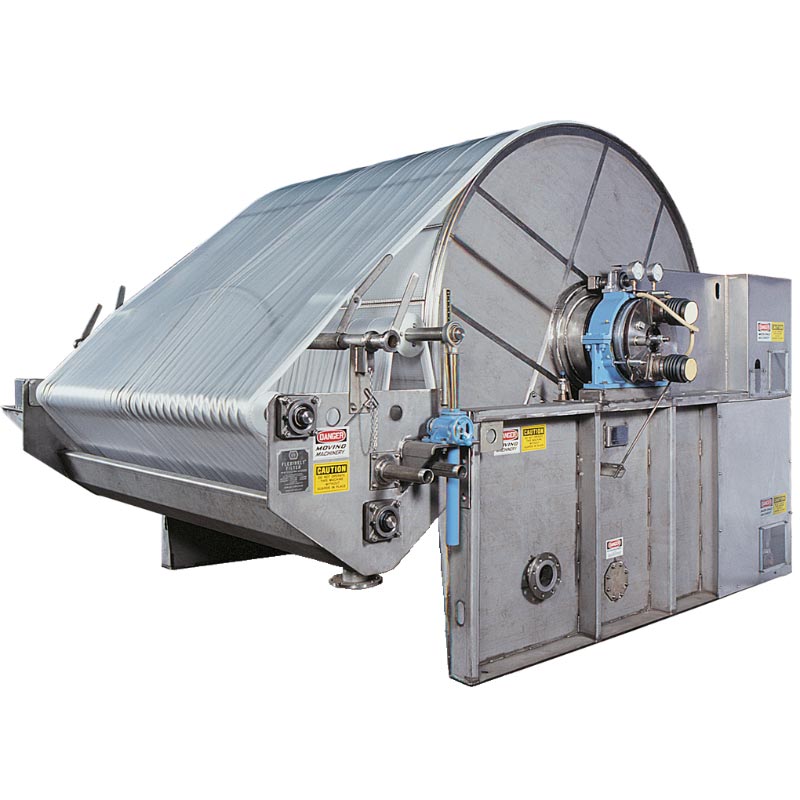Applications
Related Products
Benefits
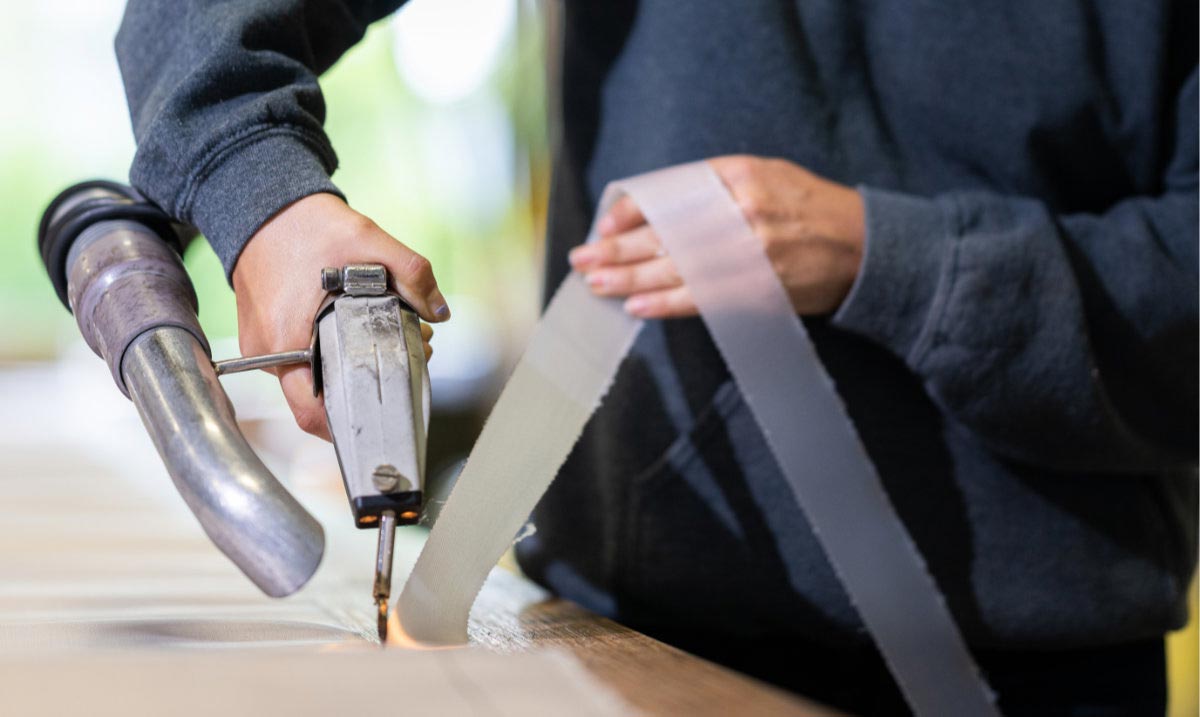
Fabrication Facility
Komline-FluidQuip maintains a filtration media fabrication facility in Sparta, New Jersey.
A broad knowledge of filtration, coupled with extensive practical experience, offers the opportunity to select the proper filter medium for any application, and to apply the best fabrication techniques for your specific requirements.
Our large filter fabric inventory allows for quick processing of your order. In emergency situations, next day shipments internationally.

Fabric Inventory
Not only the fast-selling items but the customized fabrics as well. We stock fabric, shock cord, caulking tools, edging, and closure materials.
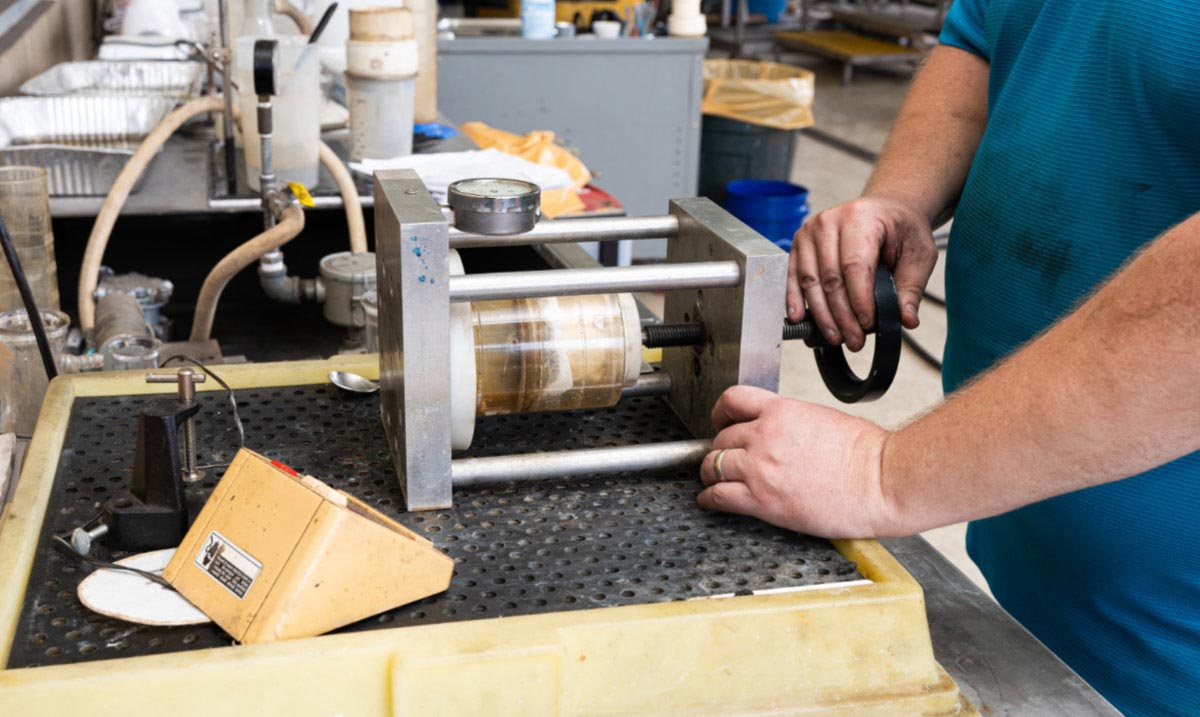
Selection and Evaluation
The Filtration Medium is the essence of any filter. Since filter applications vary widely, with differing characteristics from plant to plant – even in the same process – selection of the optimum filtration medium is critical to obtaining the desired results.
Ideally, the filter medium should offer no significant resistance to the flow of liquid, should retain the full size-range of the solids being separated, should offer instant and complete cake release (solids removal), and be immune to blinding.
In many cases, experience gleaned from pilot testing or actual production installations is available to guide in the selection of the proper medium. When this data is not available, an accurate prediction of performance can be accomplished through filter leaf testing in the Komline-FluidQuip laboratory or in your facility.
The specific performance of a filter may be predicted by conducting leaf tests. The tests simulate the operation of a continuous filter through a series of steps involving cake formation, draining, washing (when required), final drying, and discharge. Leaf tests provide comparisons of various media with yield and operating data.
Testing can be conducted in our liquid/solid separation laboratory or at your plant. Leaf test kits with operating instructions and media samples are available for direct customer use.

Fabrication
We offer both synthetic and natural materials. Each fiber has its own different mechanical and filtration characteristics when woven or processed into a filtration medium. These various fiber types can be woven into many different patterns, which produce specific mechanical and filtration characteristics. Offering a variety of patterns, including the “plain weave,” “twill weave,” and “satin weave.”
After the medium has been selected, correct stabilization and fabrication techniques will aid in providing the longest possible operating life. Since dimensional stability of the fabric is of critical importance in most applications, we employ methods of fabric stabilization and cloth fabrication to produce a product that is superior in performance and life. Special fabrication techniques and custom designs, such as webbing, grommets, closures, and reinforcements are offered to meet your specific needs.
A wide variety of belt closures and edge seals are available for all types of continuous vacuum filters, including Rotary Drum Vacuum Filters and Horizontal Vacuum Filters. Heavy duty envelope material with a stainless steel coilspring to provide a resilient end member is available for most manufacturers’ filters. Rubber profiles for belt tracking are also available.
Komline-FluidQuip also offers both seamed and seamless filter belts for belt filter presses and gravity belt thickeners.
FAQs
Q:
Does Komline-FluidQuip ship internationally?
A:
Yes! Komline-FluidQuip serves a global customer base, providing comprehensive fabric solutions for industrial applications.
Q:
Does Komline-FluidQuip supply PIP edged belts?
A:
Yes! Komline-FluidQuip specializes in custom belt fabrication, offering multiple edging options including PIP (Polyester Impregnated Polyurethane).
Q:
What type of caulking is stocked?
A:
Polypropylene covered shock cord, and nylon and polypropylene rope.
Q:
How do I order Filtration Media?
A:
Please contact us and specify the type and size of filter, including number of plates, leaves, or sections. Replacement fabric orders for only require the job number.
For filters other than Komline-FluidQuip, specify the exact size of the existing filter cloth or contact us FQSales@komline.com.
Q:
Orders involving a change in existing filter fabric to improve unit performance should specify process conditions as follows:
A:
- pH of filtered slurry
- Slurry temperature
- Chemical composition of both liquid and solid phases
- Particle size range and physical conditions of solids, if known
- Type of synthetic or natural fiber preferred.
- If possible, send a sample of the filter medium currently in use.



